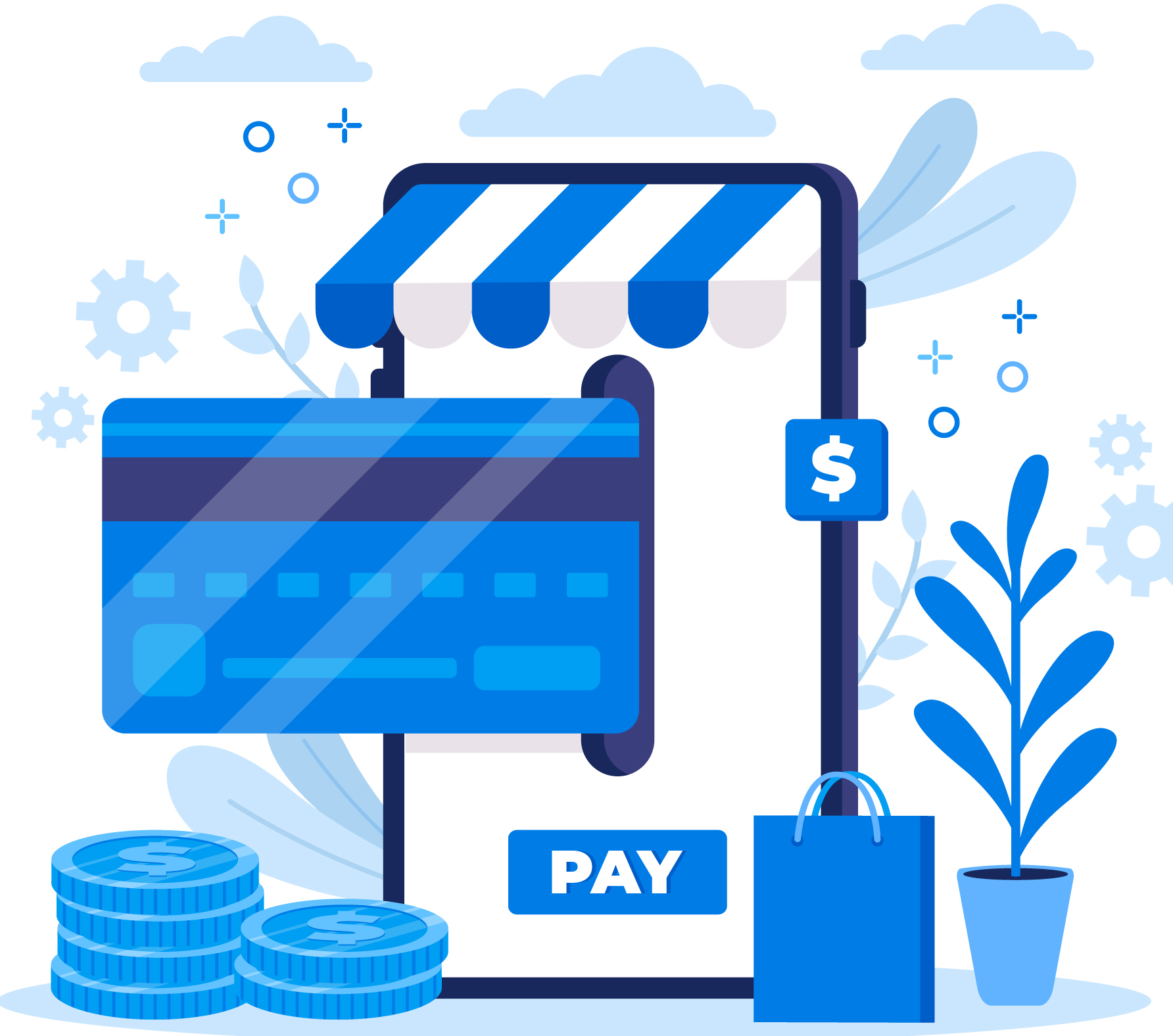To teach children how to save, many parents decide to give their children and teenagers a children’s debit card.
However, there is a catch, for children to receive pocket money and extra money, they will have to participate in household chores and curricular and extracurricular activities.
If the children complete the tasks assigned by their parents within the given time, they receive bonuses (that is, additional money) on their kid debit card.
While children who do not complete the tasks within the given time have to repeat them.
The goal is to teach children to be conscientious and to know that money does not grow on trees, but is earned through hard work and effort. Money is not there to be wasted but to learn how to spend it rationally and wisely.
Debit cards explained
Debit cards for kids are one type of learning method. In addition to learning about financial literacy, children also learn how to complete chores and obligations within the given time frame.
Children can invest in various shares that are known in the world, all under the supervision of their parents.
Children also can spend, donate and earn money throughout the applications.
Put them on the payroll
Many parents motivate their children in ways that put them on the payroll, such as babysitting siblings, mowing the lawn and hedges, helping neighbors, walking dogs, and more.
Parents are examples, and their attitude decides a lot about the formation of the child’s relationship with money. If you behave lavishly and arrogantly, children will imitate you.
Children learn a lot about finances by watching their parents, so be a good role model for them.
Everyone participates in learning
When it comes to teaching children the proper use of cards and money, grandparents play a big role.
You must not fulfill all the whims of children, sometimes they should collect the money themselves to buy something. Because then he will have a completely different view of the toy because he earned it himself through hard work.
Saving money
A parent can draw up a savings plan together with his children, and make guidelines and what the child needs to do to reach the goal.
Every part of the earnings that your child receives a certain percentage must go to savings, investment and donations. What they have left after dividing the money they can spend for that month.
Best debit card options
The best options currently on the market but we will single out those that stand out for their offers. Winner of many BusyKid, Copper debit card, and Greenlight awards.
BusyKid
BusyKid is an option that offers the largest selection of opportunities to teach your children financial literacy and at the same time develop their skill set.
BusyKid offers two payment options, monthly from $3.99 and annual from $38.99. With the annual offer, you will save 20%, and with the offer, you get 5 credit cards for children and teenagers.
This option offers much more than the others, such as the option to invest in shares, a detailed savings plan, numerous tables with tasks, bonuses, and the BusyPay option.
BusyPay is an innovation where with a QR code you can put a deposit on the account.
Copper
Copper is also a debit credit card for children, the target age is children from 13 to 19 years old. This option is completely free, there is no fee you have to pay.
Parents can monitor their children’s accounts, create a savings plan, secure deposits, and play a financial quiz.
GreenLight
Greenlight is one of the debit cards that does not have a prescribed minimum age for a child. This option is a little more expensive than the others and costs from $5 to $10 per month and the offer includes five children.
Greenlight allows parents to design a savings plan and allows monitoring of children’s activities and full supervision. Parents can block accounts they deem inappropriate for their children.
Conclusion
We have briefly explained the basics and singled out offers that stand out for their quality among others. It is up to the parents to choose the option that best suits the needs of the children and the whole family.
Your children will thank you in the future for the decisions you make today because you taught them everything they need to know about money in time.



